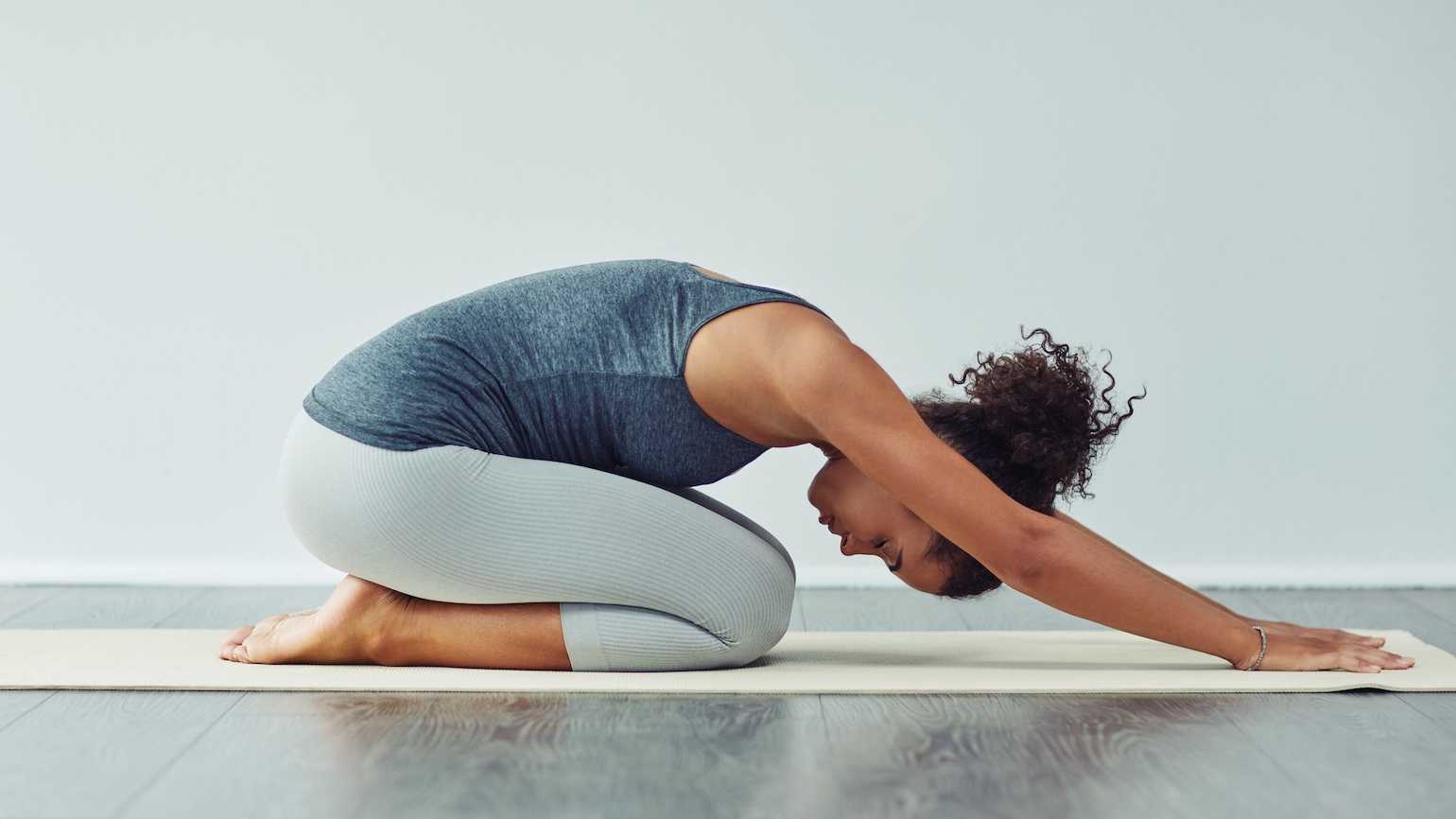
A good posture is essential for avoiding neck pain and back problems. You should sit straight up and have your shoulders straight. Also, your body should be evenly distributed between your hips and legs. Keeping your knees bent to a 90-degree angle is another key element of correct posture.
Correct posture is essential for a healthy body.
Good posture can help maintain a healthy body, and keep you pain-free. Correct posture is about maintaining a neutral spine, shoulder, neck, and head position. It is also important that you support your back. This is done by keeping the hips and shoulders in line with the spine. These steps will correct your posture so you don't get injured again.

Strengthening core and back muscles
You can strengthen your core muscles and back, and keep your posture correct. These exercises can either be done at your desk or in public spaces such as an elevator. They emphasize the strength of your upper back, which is responsible to maintaining a proper posture. They also help you to stretch your chest, which reduces the strain on your back.
Standing straight up improves posture
Sitting up straight can have several benefits, ranging from improving your overall posture to making you look and feel more confident. It's simple to develop good posture and continue it throughout your lifetime. The first step to losing weight is to start. Overweight accounts for nearly two-thirds of American adults. The extra weight puts strain on the spine and pelvis, weakening the abdominal muscles.
A better posture can prevent back or neck pain
To prevent back and neck pain, it is important to know how your spine positions when you are standing, sitting, or lying down. Your spine should form a straight line running down the middle and three curves on either side. These curves are held in place by your back muscles. Poor posture can cause these curves to become out of alignment, which can result in neck and back pain. There are many exercises and stretches you can do that will improve your posture.
Increases concentration
Studies show that the right posture can help improve concentration. An average brain contains over 100 billion neurons. It also has more than a trillion synaptic connectors, which are responsible both for memory and information transmission. It is vital that the brain receives adequate oxygen and blood circulation. Correct posture can help increase the brain's oxygen and blood flow levels, which will lead to increased concentration.

Reduces muscle tension
For reducing strain on your body, it is important to have a correct posture. It involves teaching the body to stand, walk and sit correctly. Although it can be hard to maintain the correct posture initially, with a bit of practice you will soon improve your posture and reduce muscle tension.
FAQ
How long should a session of yoga last?
Yoga sessions are generally between 45 minutes and 1 hour. The type and amount of yoga you do will dictate the length of the session. 45-60 mins would be sufficient for strength-building exercises. If you are looking for relaxation or mediation, a longer time may be required.
It also depends on the yoga class that you're taking. Some classes require quick movement while others encourage slow, deep stretches.
Are there any benefits to yoga for those with chronic illnesses?
Yoga may be beneficial for people suffering from chronic diseases such as heart disease and diabetes by increasing their flexibility, improving fitness and reducing stress.
Yoga can also be helpful for other conditions, such as arthritis and cancer, depression.
Are 20 minutes of daily yoga enough?
Yoga should not be seen as just an exercise, but rather as a chance to discover yourself. It is a chance to reflect on the life you lead and the choices that have been made.
My friend introduced me to yoga a few years back. He had been practicing it for many decades. He told me that he did yoga for 20 minutes each morning, which helped him feel calmer throughout the rest of his day.
I decided to try it and found that it made a difference in my overall well-being. Since then I have been practicing yoga on a regular basis and it has helped me to relax and stay focused when I work at my desk.
You need to discover what works best for YOU and set realistic goals. Yoga doesn't have to be a time-consuming activity if it's not going to help your goals.
What happens if I stop practicing yoga?
It is normal to lose enthusiasm after a while. Your body can become stiffer if yoga is stopped regularly. Stiffness can be caused by lack of exercise, poor posture, or simply aging.
Retaking classes may be an option if you find your ability to learn more difficult over time. Make sure to keep up with your daily routine. Exercise can strengthen your bones, muscles and joints. Get enough sleep and eat well.
Is there a way to do yoga at home?
Absolutely! There are several ways you can practice yoga at home. You can practice yoga at home using videos, DVDs or CDs.
YouTube offers free access to online yoga videos. It is best to have a qualified instructor guide you through the movements.
Do I need heat before I do yoga?
No. You don't need to warm up before performing a yoga session.
Stretching before you go to the gym can help ease stiff muscles.
Statistics
- Lock in 25% off your Founding Member rate. (corepoweryoga.com)
- Start your Fall off right with 20% off All Access Membership when you sign up by 9/25! (corepoweryoga.com)
- A 2020 review of 27 studies (1,805 total participants) of yoga interventions in children or adolescents found reductions in anxiety or depression in 70 percent of the studies, with more promising results for anxiety. (nccih.nih.gov)
- The people in the yoga group were 37 percent more likely to have quit smoking by the end of the 8-week program. (nccih.nih.gov)
- The American Psychological Association recently shared that 84% of American adults feel the impact of prolonged stress (5). (healthline.com)
External Links
How To
Is it a good way for you to lose weight?
To answer that question, we need to first define yoga. Yoga is an ancient form and exercise that originated from India. It was originally developed by Indian Yogis who wanted to achieve spiritual enlightenment as well as physical fitness.
Yoga focuses not only on strengthening the muscles but also relaxing the mind. It is designed to bring about a state that is complete relaxation, free of stress and anxiety. Focusing on breathing techniques and meditation are the best ways to do this.
The practice of yoga involves various postures (poses), which are designed to strengthen specific muscle groups and stretch others. These poses can be held for several minutes. They may involve rhythmic movements, such slow walking, jumping and/or moving through the mud.
The goal of yoga, however, is to improve one's overall energy and not burn calories. Yoga can help you maintain a healthy weight.
Yoga will help you relax. You'll experience a shift in your moods and be more comfortable sleeping.
You'll feel younger and your skin will glow.
When they begin to practice yoga, many people notice a drop in blood pressure.
Some studies also show that yoga has been shown to help with depression symptoms.
It's important to note that yoga does not work like other forms of exercise. Instead, yoga increases oxygen circulation throughout the body. This allows the brain and body to relax and release endorphins. These can be used to trigger feelings like happiness and pleasure.
Be aware that weight loss can be difficult for some people due to their genes. If you're one of these people, it might be best to avoid yoga until you've reached your ideal weight.